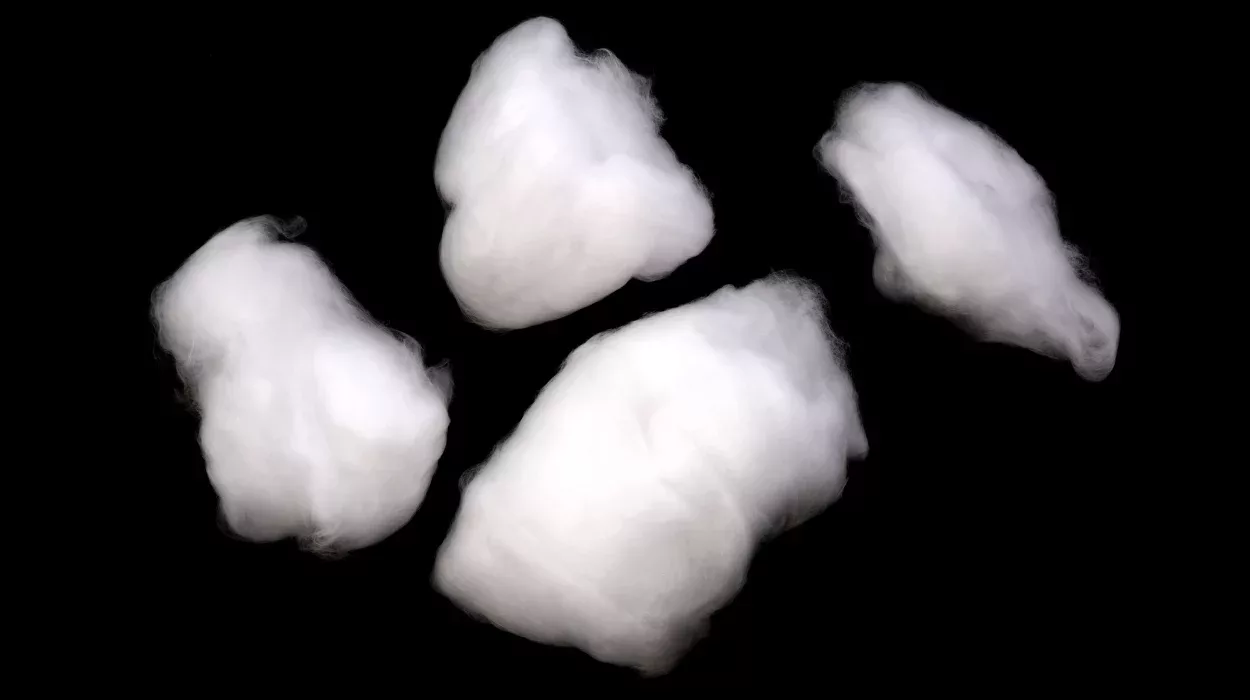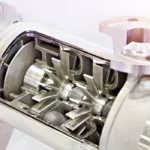Quartz wool, sometimes called silica wool, is a unique material made from high-purity quartz (silicon dioxide, SiO₂). It resembles cotton or fiberglass wool but is made of fine quartz fibers. Quartz wool is known for its resistance to high temperatures and chemicals, making it useful in laboratories, industrial processes, and insulation.
This article will examine quartz wool, how it’s made, and some common uses that make it valuable.
What is Quartz Wool?
Quartz wool is a fibrous material made by heating and processing quartz into fine, wool-like fibers. These fibers are incredibly heat-resistant and stable to withstand extreme temperatures and harsh chemicals. Quartz wool is ideal for insulating or protecting from heat without breaking down or melting.
Critical Qualities of Quartz Wool
Quartz wool has several properties that make it unique:
- High-Temperature Resistance: Quartz wool can withstand temperatures up to 1200°C (over 2000°F), which makes it an excellent material for use in high-temperature environments.
- Chemical Stability: Quartz wool doesn’t react efficiently with acids, alkalis, or other chemicals. This quality makes it durable in harsh environments where chemical resistance is needed.
- Thermal Insulation: Due to its fiber structure, quartz wool provides excellent thermal insulation, helping to contain heat within a specific area and prevent it from spreading.
- Lightweight and Flexible: Despite its strength, quartz wool is lightweight and easy to shape, making it easy to work with in various settings.
Buy Genuine Quartz Wool
How is Quartz Wool Manufactured?
The manufacturing process of quartz wool requires specialized techniques to transform quartz into thin, flexible fibers. Here’s a simplified look at the main steps involved:
Purifying Quartz
High-purity quartz is the primary raw material for quartz wool. It must be thoroughly cleaned and purified to ensure it’s impurities-free. This step is crucial to achieving the high resistance and stability that quartz wool is known for.
Melting the Quartz
Once purified, the quartz is placed in a high-temperature furnace and heated to temperatures above 1700°C (about 3000°F). This extreme heat turns the quartz into molten, making it soft and ready to be drawn into fibers.
Forming Fibers
The quartz is pulled or blown into fragile fibers in its molten state. This process is often done with high-speed air or a mechanical spinner that stretches the molten quartz, forming it into thin, wool-like fibers. The result is a fine, fluffy mass of quartz wool.
Cooling and Collecting the Fibers
The quartz fibers are then cooled to retain their shape and strength. They become solid but remain flexible as they cool, keeping their wool-like appearance.
Processing and Packaging
Finally, the cooled quartz wool is collected, processed, and packaged according to the specifications required by its intended use. Some forms of quartz wool are treated to remove any remaining particles or dust before they are packed for shipment.
Common Uses of Quartz Wool
Because of its unique properties, quartz wool is used in various fields. Here are some typical applications:
Laboratory Insulation
Quartz wool is often used in labs to insulate high-temperature equipment, such as furnaces, to prevent heat loss and protect the surroundings from extreme temperatures.
Filtration
Quartz wool can filter out fine particles and impurities from gases and liquids in scientific and industrial settings. Its chemical stability means it doesn’t interfere with the substances it’s filtering.
Thermal Protection in Electronics
Quartz wool is also used in electronic devices to provide thermal insulation, helping to protect sensitive components from overheating.
Aerospace Applications
In the aerospace industry, quartz wool’s high heat resistance is valued for applications where temperature control is crucial, such as rocket engines or high-speed aircraft.
Industrial Furnaces and Kilns
Because it can handle very high temperatures, quartz wool is often used in industrial kilns and furnaces as an insulation material to improve energy efficiency.
Why Choose Quartz Wool?
There are many benefits to using quartz wool, especially in environments where high heat and chemical resistance are needed. Some key advantages include:
- Durability: Quartz wool doesn’t break down quickly, even in extreme conditions, so it lasts longer than other insulation materials.
- Non-Combustible: Unlike some other fibers, quartz wool won’t burn or produce toxic fumes, making it safer in high-temperature applications.
- Flexibility: Quartz wool can be easily shaped and adjusted to fit different needs, whether a small lab furnace or a large industrial kiln.
Safety and Handling
While quartz wool is safe to use, handling it requires care. The fibers are lovely, and without protection, they can irritate the skin, eyes, and respiratory system. Workers handling quartz wool wear gloves, masks, and sometimes protective clothing to avoid irritation. Proper ventilation and handling guidelines help minimize these risks.
Conclusion
Quartz wool is a high-performance material with incredible resistance to heat and chemicals, making it essential in many scientific, industrial, and technological fields. The manufacturing process may be complex, resulting in a versatile product that can withstand some of the most challenging conditions. Whether used for insulation in a lab furnace or as a filter in industrial processes, quartz wool remains a valuable material in modern science and industry.
Quartz Wool and How It’s Made







